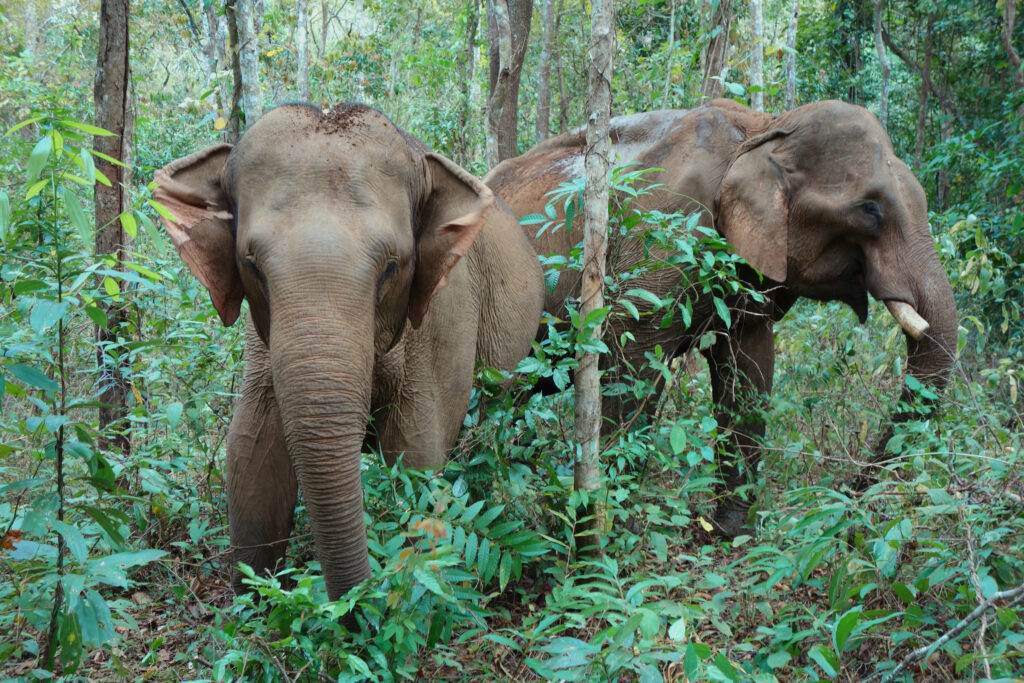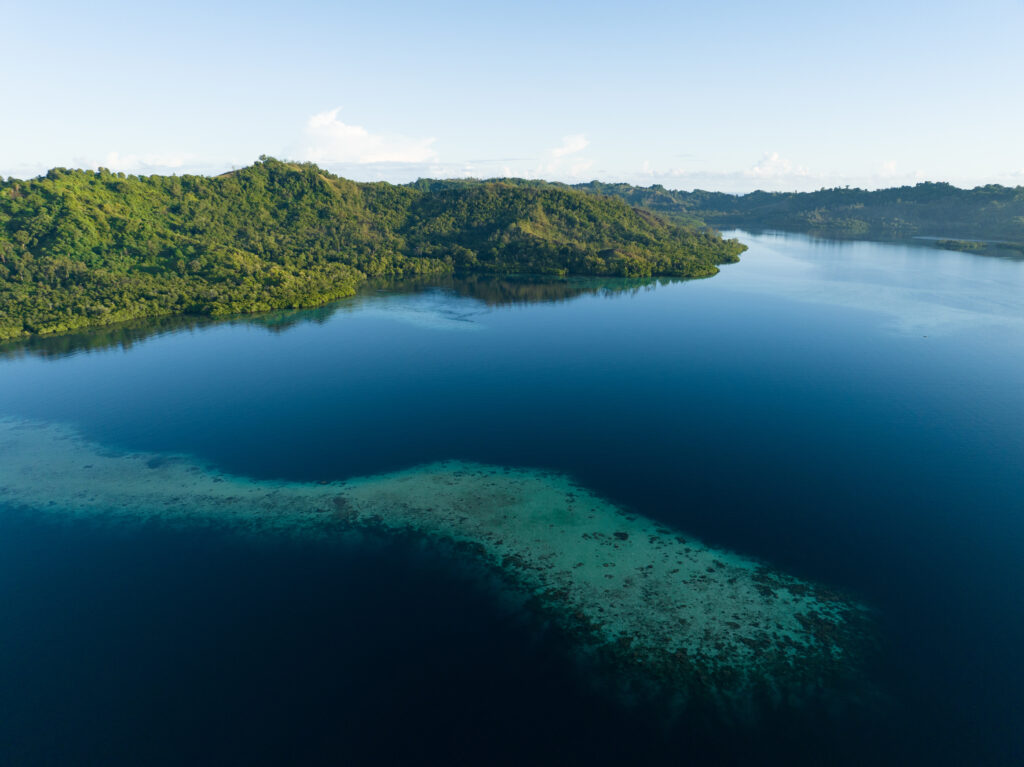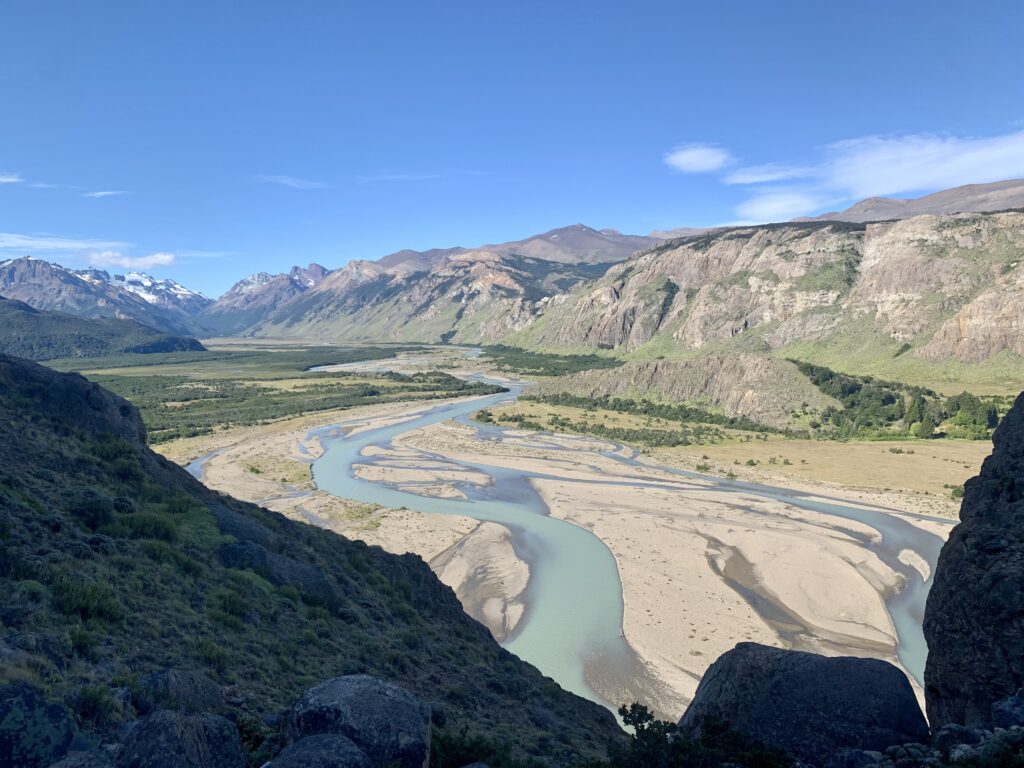
In December 2022, representatives from the Center for Large Landscape Conservation were present in Montreal, Canada when 188 countries made an historic commitment adopting the Kunming-Montreal Global Biodiversity Framework (GBF). As a main outcome of the Convention on Biological Diversity’s 15th Conference of the Parties, the GBF is now the most significant agreement to date for bolstering global cooperation to conserve and restore nature. Since then, the Center has been engaging in discussions and planning across its networks of experts and institutions to best coordinate actions to support lasting conservation gains on the ground. With the importance of connectivity and landscape- and seascape-scale approaches emphasized in the GBF, it is clear that the Center has a significant role to play in its implementation.*
 Achieving large-scale conservation requires joint efforts among the scientific community, resource managers, local communities, policymakers, businesses, and other stakeholders. In alignment with international policy mandates and commitments, the Center therefore continues to increase its global leadership role in maintaining, enhancing, and restoring ecological connectivity of terrestrial, freshwater, and marine ecosystems within and across boundaries.
Achieving large-scale conservation requires joint efforts among the scientific community, resource managers, local communities, policymakers, businesses, and other stakeholders. In alignment with international policy mandates and commitments, the Center therefore continues to increase its global leadership role in maintaining, enhancing, and restoring ecological connectivity of terrestrial, freshwater, and marine ecosystems within and across boundaries.
Now, with its sights set on supporting the GBF’s commitment to “broad-based action to bring about a transformation in our societies’ relationship with biodiversity by 2030,” the Center will focus its efforts across all sectors. With an emphasis on the fundamental contributions that ecological connectivity makes to healthy functioning ecosystems and species, and its benefit to people, the Center’s strategies are:
- Increase understanding and development of ecological connectivity science, policy, and practice by supporting the alignment of national biodiversity action plans, execution of projects, measurement of progress, and reporting on implementation toward improving the status and trends for structural, functional, and migratory connectivity. Examples of this work includes the dissemination of the IUCN Guidelines for conserving connectivity through ecological networks and corridors, inclusion of the Protected Areas Network metric (ProNet) as a complementary indicator in the GBF monitoring framework, and information for identifying opportunities and funding projects through the Global Environment Facility.
- Provide educational opportunities and advisory, technical, and capacity-building expertise on how best to approach connectivity standards, frameworks, incentives, and planning for the durable design, governance, and management of ecological networks and corridors such as the Corridor and Connectivity Training and Capacity Building Initiative. This also includes a specialized focus on mainstreaming biodiversity and connectivity safeguards to avoid and mitigate the impacts of linear transport infrastructure (LTI) such as roads, railways, canals, powerlines, and pipelines. Examples are the A.P.E. Project aimed at addressing threats of rapidly expanding roads, rails, and power lines in three key great ape and gibbon habitats in Africa and Asia, the FOCUS-BRI Project assessing 12 countries for potential impacts and capabilities to safeguard LTI as part of national and international investments, and the USAID-funded project Asia’s Linear Infrastructure safeguarding Nature (ALIGN).
- Continue engagement in international fora to further advance connectivity policies and implementation, including at leading institutions like the International Union for the Conservation of Nature (IUCN), Convention on Migratory Species (CMS), UN Convention to Combat Desertification (UNCCD), UN Environment Programme (UNEP), and United Nations General Assembly (UN/GA). Examples include contributing toward and monitoring implementation of related international policies, participating in development of a global partnership to support achievement of Target 3 of the GBF, serving on an expert working group under the Convention on Migratory Species for addressing impacts of linear infrastructure development.
- Lead, mobilize resources for, and deploy international networks of practitioners, policymakers, scientists, and institutions to ensure best practices, consistent approaches, replication, and scaling-up of connectivity conservation through research, original science, knowledge transfer, and collaboration including ongoing and new projects. Examples include the IUCN WCPA Connectivity Conservation Specialist Group and its working groups, the project Connectivity, Capacity, and Cats, the Infrastructure and Nature Coalition, and the Wildlife Connect Initiative.

*Related goals and targets of the framework include:
- Goal A: Connectivity as a fundamental requirement for the functionality of ecosystems;
- Target 1: Connectivity is a key criterion for achieving “participatory, integrated and biodiversity inclusive spatial planning,” especially for determining which areas to establish as protected and conserved areas, where to delineate ecological corridors and networks, and/or as areas of priority for restoration.
- Targets 2: Connectivity is part of maximizing the benefits and outcomes of restoration for entire landscapes and seascapes;
- Target 3: “Well-connected” protected and conserved areas (aka Other Effective Area-based Conservation Measures (OECMs)) to achieve 30×30 objectives of land, freshwater, and marine areas being effectively protected, conserved, and managed;
- Target 12: Connectivity for increasing benefits from “green and blue spaces” in urban/densely populated areas; and
- Target 14: Connectivity contributing toward “the full integration of biodiversity and its multiple values into policies, regulations, planning and development processes, poverty eradication strategies, strategic environmental assessments, environmental impact assessments and, as appropriate, national accounting within and across all levels of government and across all sectors…”
Photos, top to bottom: Fitz Roy River, Los Glaciares National Park, Patagonia, Argentina – Mary Collins; Herd of caribou near the Denali Highway, Alaska – Adobe Stock; Two elephants In Mondulkiri, Cambodia – Adobe Stock; Coral reef, Solomon Islands – Adobe Stock.


